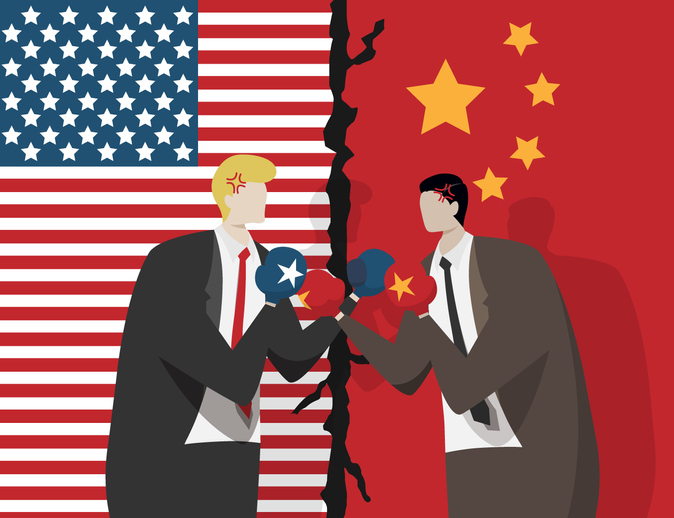It has been 18 months since the first round of tariffs were implemented between the United States and China.
At its peak in 2013, U.S. exports of soybeans, pork, and other commodities to China reached $29 billion. News broke late last week of a deal struck between the U.S. and China that would include the purchase of $40 to $50 billion in U.S. agricultural goods over the next year.
But reports note Chinese purchases of U.S. agricultural goods are also dependent upon the needs of Chinese consumers and market prices. Additionally, details about what goods will be purchased, when, and in what quantities have not yet been released.
According to the American Farm Bureau Federation, U.S. agricultural exports to China decreased from $19.5 billion in 2017 to $9.1 billion in 2018. The effects of the tariffs extends well beyond the soybean market, with grain, poultry, dairy, seeds, feeds, and meats all being curtailed.
There have been glimmers of change in recent days. Earlier this month, China purchased 130,000 metric tons of soft white wheat from the U.S. It was the first substantial purchase of its kind since the initial round of tariffs. There were similar purchases of soybeans (600,000 tons last week) and pork (10,000 tons in August) after an outbreak of Asian Swine Flu but they are not near the purchase levels previously recorded before the trade war began.
In an effort to stem the economic losses in farm country, qualifying farmers have begun to receive payments through the Market Facilitation Program, which pays farmers based upon the “impact of the unjustified trade retaliation” in a particular county, according to the USDA. The payment rates range between $15 and $150 per acre throughout the country. In Washington state the payment rates range between $15 and $32 per acre.
Comparatively, in 2017, it cost the average farmer approximately $170 per acre to break even to raise a wheat crop.
The agricultural economy has been a victim of friendly fire in the tariff war with China.
The original Section 301 indictment from the U.S. Trade Representative makes no mention of agricultural products. The investigation, which spurred the tariffs in March 2018, included “unfair technology transfer regime for U.S. companies in China,” “foreign ownership restrictions as used in China’s technology transfer regime,” “administrative review and licensing processes as used in China’s technology transfer regime,” “China’s discriminatory licensing restrictions,” “China’s acts, policies, and practices burden U.S. commerce,” “impact of policies and implementing measures on Chinese investment in the United States,” “unauthorized intrusions into U.S. commercial computer networks and cyber-enabled theft of intellectual property and sensitive commercial information,” and “other acts, policies, and practices of China.”
So, while the original thrust of the tariffs were related to technology, much of the discussion of the consequences of the trade war have revolved around the retaliatory measures taken by China against the agricultural community.
As both parties prepare to return to the negotiating table to fine tune the details of the “Phase One” agreement, for the sake of the agricultural community in Washington state, and in the rest of the country, food and fiber producers should no longer be considered a bargaining chip by either side.




